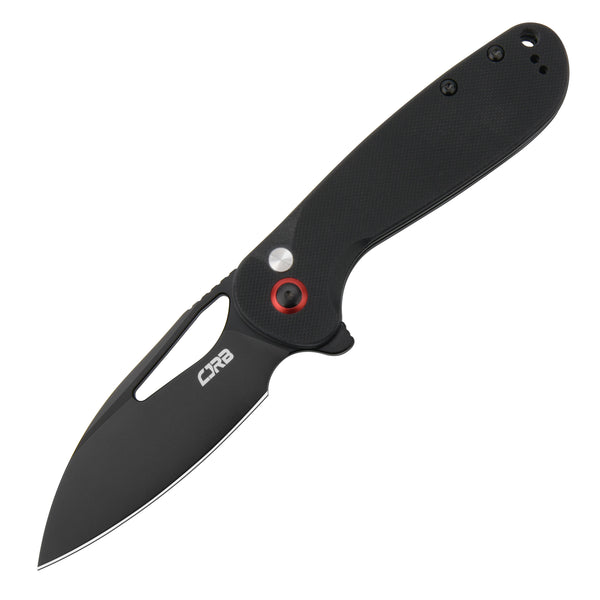Introduction to Wharncliffe Blades
Wharncliffe blades have a rich history that spans centuries, evolving from their traditional roots to find a wide range of modern applications. The design of a Wharncliffe blade is characterized by a straight edge and a spine that drops abruptly to meet the edge at an acute angle, resulting in a unique and versatile cutting tool.
The Origins of Wharncliffe Blades
The origins of Wharncliffe blades can be traced back to the 19th century in England, where they were initially used as utility knives for everyday tasks. The straight edge and sharp point made them ideal for precision cutting and carving, and they were commonly employed by craftsmen and tradespeople.
The Evolution of Wharncliffe Blades
Over time, the design of Wharncliffe blades has evolved to meet the changing needs of users. While they were traditionally crafted from carbon steel, modern Wharncliffe blades are often made from high-quality stainless steel or even advanced composite materials. This evolution has resulted in blades that are not only more durable and resistant to corrosion but also capable of retaining a sharp edge for longer periods.
The Modern Applications of Wharncliffe Blades
Today, Wharncliffe blades are utilized in a wide array of modern applications, ranging from everyday carry knives to tactical and survival tools. Their straight edge and precise point make them well-suited for tasks such as opening boxes, cutting rope, and even self-defense. Additionally, their use in specialized fields such as woodworking and emergency rescue operations highlights their versatility and adaptability.
As the demand for multi-functional and reliable cutting tools continues to grow, the wharncliffe blade remains a popular choice for enthusiasts and professionals alike. Its unique design and evolutionary journey from traditional roots to modern applications make it a fascinating subject for those interested in the history and development of bladed tools.

